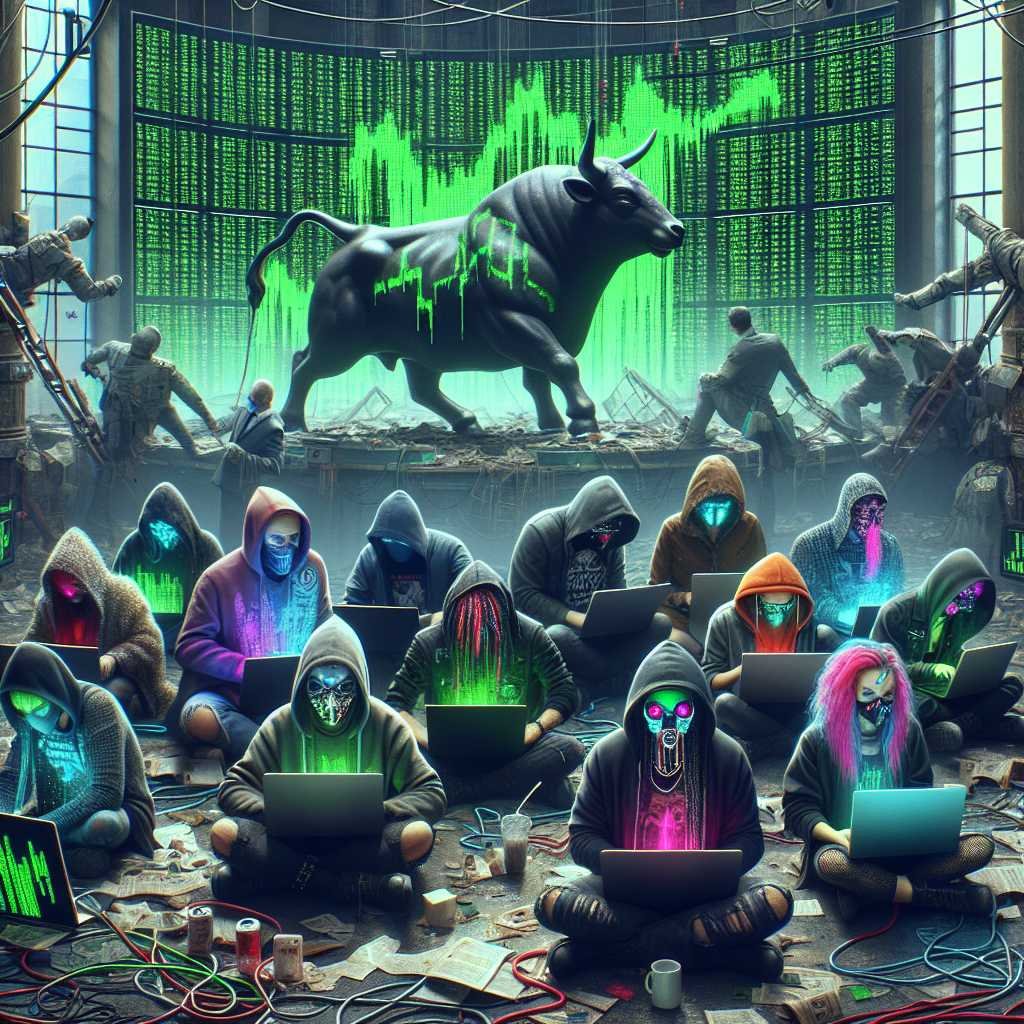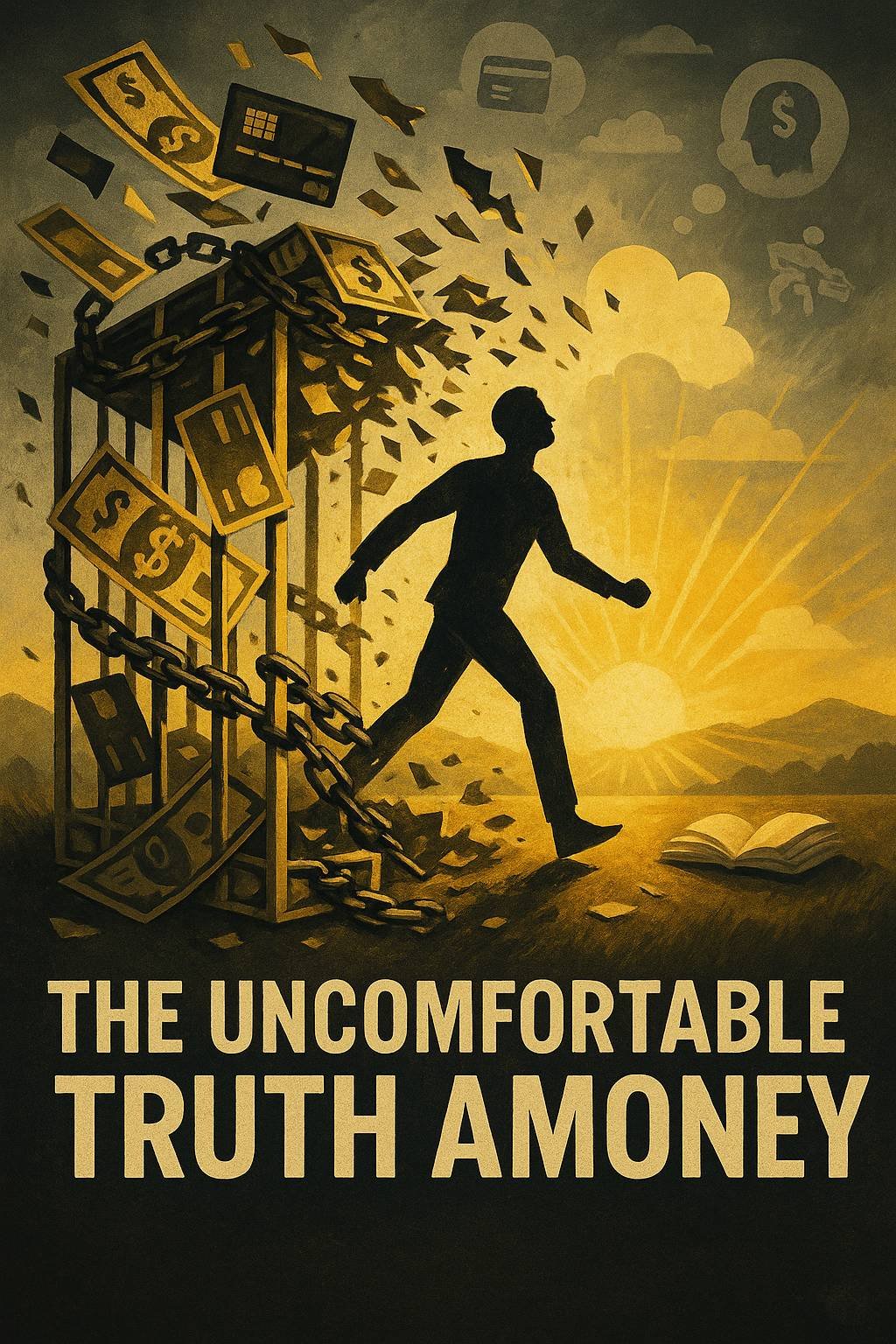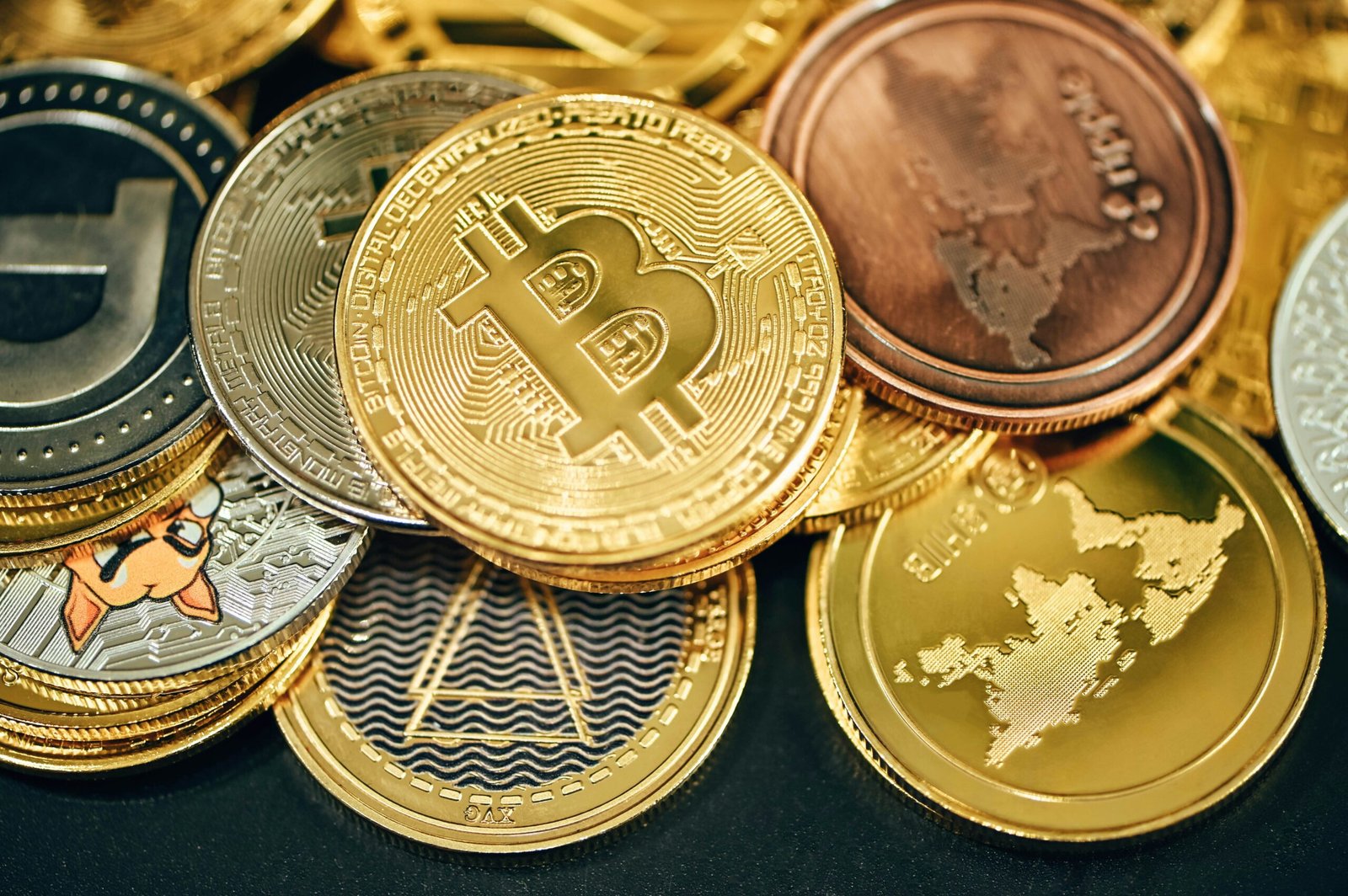The Trolls of Wall Street: How Meme Traders Hacked the Markets and Rewrote Investing Culture
If you ever wondered how a scrappy subreddit fueled by memes, bravado, and an unlikely sense of community could shake Wall Street’s foundations, you’re in the right place. This isn’t just a story about stock charts or short squeezes—it’s about identity, power, and the way the internet rearranged who gets to move markets.
At the heart of it is WallStreetBets (WSB), a chaotic, self-aware, and often crude corner of Reddit where users call themselves “degenerates” and swap screenshots of wins and losses with the same energy you’d see in a sports arena. In The Trolls of Wall Street, authors Jaime Rogozinski—WSB’s founder—and journalist Jordan Zazzara unpack how that hive mind turned from a punchline into a market-moving phenomenon that forced hedge funds to take notice. More importantly, they show how WSB became a cultural movement that changed how an entire generation thinks about money, risk, and what’s “normal” in finance.
From Internet Fringe to Market Force: The Rise of WallStreetBets
Before WSB, online investing communities were often polite, technical, and…well, boring. WSB was the opposite—irreverent, open, and allergic to jargon. That tone mattered. It created a space where first-time traders felt welcome and veterans felt challenged. The subreddit exploded, with millions of users sharing trade ideas, meme-fueled narratives, and an ethos that said “take your shot.”
This is where the story starts to bend the arc of financial history. Free trading apps lowered friction. Information—accurate or not—traveled at meme speed. And money was no longer just a serious topic; it was entertainment, identity, and community validation. When that energy focused on a single ticker, it was like aiming a laser at dry tinder.
Curious to read the full saga behind the screens? Check it on Amazon.
The Meme Machine: Humor, Identity, and High-Risk Bets
WSB’s power wasn’t just in trade ideas; it was cultural. Humor made complex financial ideas accessible—think of memes as tiny explainers wrapped in a laugh. When someone posted a colossal loss, they weren’t just mocked; they were celebrated for “YOLO” courage. That created a feedback loop: big risks earned status, which encouraged even bigger risks.
- Memes made learning sticky.
- Screenshots turned trading into a spectator sport.
- Shared slang created a tribe. If you got it, you were in.
This isn’t trivial—identity drives behavior. In a world where traditional financial institutions felt distant or condescending, WSB offered belonging. That belonging reshaped market participation.
For context, explore how online communities form norms and influence behavior in research from Pew Research Center.
The GameStop Moment—and What Actually Happened
The GameStop saga wasn’t an accident. It was a perfect storm:
- A stock with high short interest—meaning many funds had bet against it.
- A passionate narrative about saving a beloved retailer and punishing predatory shorts.
- Viral posts from retail traders, amplified by social media.
When retail traders piled into GameStop (GME), they bought shares and call options en masse. Market makers hedged those calls by buying the stock, pushing the price higher. Shorts were squeezed, forced to buy back shares at higher prices to cover their positions, which sent the stock up further. It’s a classic short squeeze—only this time, it felt like a crowd-sourced cultural event.
To dig into the mechanics, check out Investopedia’s explainer on short squeezes and the SEC’s overview of short selling.
Want a page-turner that reads like finance-meets-culture reporting? See price on Amazon.
The Options Engine: How Leverage Supercharged the Move
Zero-commission trading and the rise of options made big moves even bigger. Call options gave retail traders leverage. Small upfront costs created large exposure to upside. This isn’t a moral judgment—just math. Leverage magnified everything: joy, pain, and volatility.
If you’re exploring options, it’s worth reading FINRA’s guide to options risks. It’s not anti-options; it’s pro-context.
Payment for Order Flow, Robinhood, and the New Market Plumbing
Apps like Robinhood popularized trading by removing commissions and adding a playful UX. But “free” is never free. Payment for order flow (PFOF) channels revenue from market makers to brokers for routing trades, a practice that drew scrutiny during meme mania. For background, see the SEC’s explanation of payment for order flow.
Here’s why that matters: when trading becomes frictionless and gamified, more people trade, and narratives can overtake fundamentals in the short run. The result can be both democratizing and destabilizing.
Who Are the “Trolls”? A New Kind of Retail Investor
The “degenerate” label is part bit, part armor. It’s a way for traders to absorb loss without shame—and to reject the gatekeeping tone of legacy finance. Many are young men, often skeptical of institutions and hungry for agency. WSB gave them a place to test ideas publicly. Wins brought clout. Losses brought lore.
That blend of vulnerability and bravado resonated because it rewrote the script: you didn’t have to be an insider to be a player. You just had to show up, share, and risk something.
The Book at the Center: What “The Trolls of Wall Street” Adds
Rogozinski and Zazzara don’t just recap headlines. They pull you into the subculture—the jokes, the fights, the mod drama—and into the broader financial world that tried to contain it. You get the tension of a movement in real time: who gets credit, who gets paid, and who gets blamed when the music stops.
- You’ll meet the original architects who shaped the tone and rules of WSB.
- You’ll see how hedge funds and market makers reacted—and sometimes overreacted.
- You’ll understand why the community doesn’t fit neatly into “heroes and villains.”
It’s deeply reported, fast, and human. Prefer learning through story rather than spreadsheets? Buy on Amazon.
Lessons for Investors: The Signal in the Noise
Let me level with you: the coolest thing about the meme era isn’t the fireworks; it’s the x-ray it gave us into market structure and human behavior. Here are grounded takeaways that last beyond any single ticker:
- Narrative is a factor. Stories move money—sometimes as much as earnings. Ignore that at your peril.
- Liquidity and leverage are accelerants. Options flows and short interest can overwhelm fundamentals in the short term.
- Community creates conviction. That cuts both ways; it can steady your hand or trap you in groupthink.
- Risk is real. Big gains get screenshotted; silent wipeouts don’t. Survivorship bias is brutal.
For a wider lens on how digital communities influence public markets, Harvard Business Review’s coverage of social trading and behavioral shifts is helpful context (HBR, search “social trading”).
How to Read the Meme Markets: Practical Tools and Tips
You don’t need to become a day-trader to learn from this movement. You just need a framework.
- Track sentiment and positioning. Look at short interest, options volume, and trending tickers. Even free tools can help you spot crowded trades.
- Separate trade thesis from tribe loyalty. Ask: “If I couldn’t tell anyone, would I still want this position?”
- Have pre-committed rules. Decide your exit before the entry—both for gains and losses.
- Zoom out on timelines. Memes move fast; fundamentals move slow. Match your horizon to your strategy.
Choosing the Right Reading to Level Up
If you’re picking books or resources to understand this era, look for: – Access to primary voices (mods, traders, market makers). – Clear explanations of mechanics (options, PFOF, market plumbing). – Cultural context (masculinity, online identity, populist distrust). – Balanced skepticism—neither worshipful nor dismissive.
If you’re building a reading list to understand meme markets, Shop on Amazon.
For a neutral baseline on market mechanics, skim the SEC’s investor materials on market structure.
Power, Politics, and the Meme Economy
The WSB wave didn’t stay in stock charts. It spilled into politics and policy. Congressional hearings put Robinhood, Citadel, and Reddit in the same sentence. Commentators debated whether meme traders were democratizing finance or destabilizing it. The truth, as usual, is “both, depending on the day.”
- Finance: Broker risk controls, clearinghouse collateral, and app UX design came under fresh scrutiny.
- Politics: The narrative resonated with distrust in elites—on both left and right.
- Culture: Money became content. Trades became performances. Finance turned social.
For a factual timeline of the GameStop short squeeze, the Wikipedia overview is a solid starting point, with citations you can follow into primary sources.
Ready to go deeper into the movement’s consequences and characters? View on Amazon.
What Endures After the Hype: A New Investor Playbook
Whether you cheer the trolls or cringe at the risks, the legacy is clear.
- The old gatekeepers are weaker. Anyone can move a narrative; sometimes that’s enough to move a stock.
- Market literacy is now cultural literacy. Understanding options, short interest, and liquidity flows is part of being online.
- Platforms shape behavior. Design choices are incentives; incentives become outcomes.
- Communities can coordinate without central authority. That’s powerful—and hard to regulate without overreach.
If you’re building anything in finance—an app, a fund, a newsletter—assume your users are part consumer, part creator, and part community member. Design for that reality.
Risks Worth Respecting (And How to Manage Them)
No, you don’t have to sit out the party. But do bring a seatbelt.
- Position sizing: Keep speculative bets small relative to your total portfolio.
- Scenario planning: Map three outcomes—win big, lose small, go sideways—and your response to each.
- Time diversification: Don’t finance long-term goals with short-term gambles.
- Information hygiene: Cross-check claims with primary sources; be suspicious of anonymous certainty.
Want a page-turner that conveys all of this through real people and stakes? See price on Amazon.
Where the Meme Market Goes Next
Two forces will shape the sequel: better guardrails and smarter crowds. Regulators will refine the rails—collateral rules, transparency, maybe guardrails on gamification. Meanwhile, retail won’t retreat; it will mature. The next wave will blend community, quantitative tools, and creator-led research.
Here’s my bet: the market’s “culture layer” is permanent. Traders will keep using humor to filter complexity. Narratives will keep competing with spreadsheets. And sometimes, the crowd will be right—especially when it spots structural blind spots before institutions do.
FAQs
What is WallStreetBets?
WallStreetBets is a subreddit where users share high-risk trading ideas, meme-laden commentary, and screenshots of wins and losses. Its tone is irreverent, but its influence on market sentiment is real. You can browse the community on Reddit.
How did GameStop become a meme stock?
GameStop had high short interest, making it vulnerable to a short squeeze. Retail traders coordinated—mostly through viral posts and memes—to buy shares and call options, pushing prices up and forcing shorts to cover. For a primer, read about short squeezes.
Are meme stocks a good investment?
They can be profitable, but they are extremely volatile. If you invest, treat them as speculative positions, use risk controls, and avoid financing long-term goals with short-term gambles. FINRA’s guide to options risks is a good reality check.
What did regulators do after the meme-stock surge?
Regulators scrutinized clearinghouse collateral processes, payment for order flow, and app design. The SEC published staff reports and continues to explore rule changes; see the SEC’s investor pages on market structure.
What can I learn from “The Trolls of Wall Street”?
You’ll get a ground-level narrative of how WSB formed, how the movement collided with Wall Street, and how culture and market mechanics amplified each other. It’s less a “how-to trade” and more a “why this happened—and what it means.”
Here’s the takeaway: the trolls didn’t just hack a few tickers—they hacked attention, identity, and access. Whether you’re an investor, a builder, or just meme-curious, understanding this movement will make you better at reading markets and people. If this sparked something, subscribe for more breakdowns of the culture shaping finance—and the finance shaping culture.
Discover more at InnoVirtuoso.com
I would love some feedback on my writing so if you have any, please don’t hesitate to leave a comment around here or in any platforms that is convenient for you.
For more on tech and other topics, explore InnoVirtuoso.com anytime. Subscribe to my newsletter and join our growing community—we’ll create something magical together. I promise, it’ll never be boring!
Stay updated with the latest news—subscribe to our newsletter today!
Thank you all—wishing you an amazing day ahead!
Read more related Articles at InnoVirtuoso
- How to Completely Turn Off Google AI on Your Android Phone
- The Best AI Jokes of the Month: February Edition
- Introducing SpoofDPI: Bypassing Deep Packet Inspection
- Getting Started with shadps4: Your Guide to the PlayStation 4 Emulator
- Sophos Pricing in 2025: A Guide to Intercept X Endpoint Protection
- The Essential Requirements for Augmented Reality: A Comprehensive Guide
- Harvard: A Legacy of Achievements and a Path Towards the Future
- Unlocking the Secrets of Prompt Engineering: 5 Must-Read Books That Will Revolutionize You







